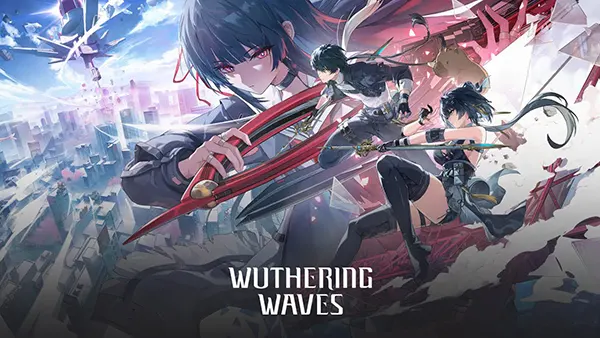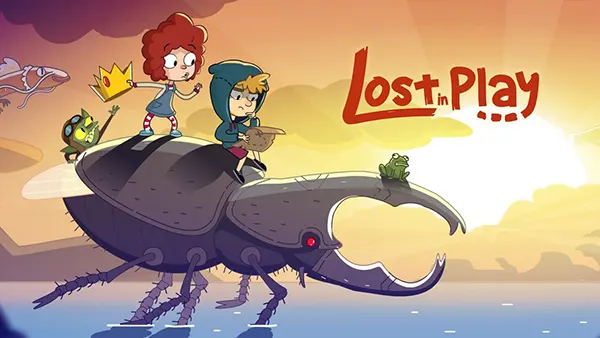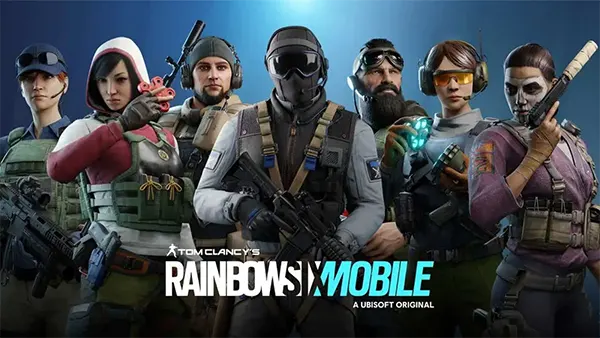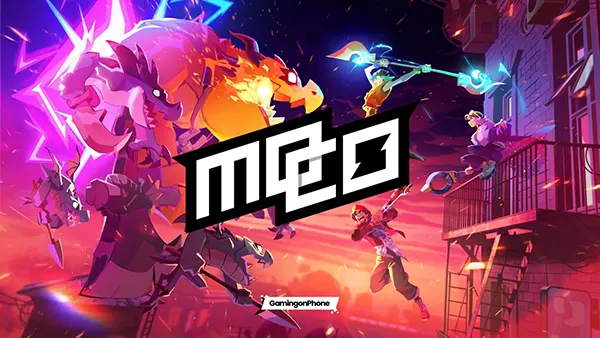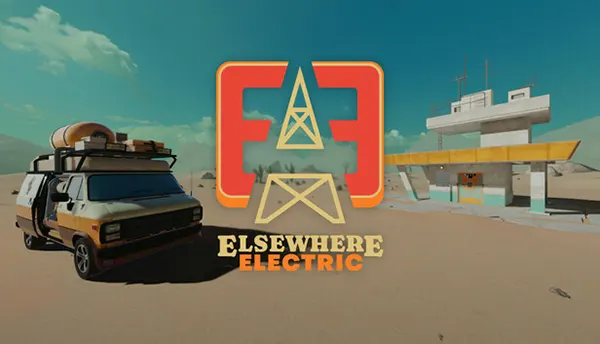Asymmetric cooperative games are steadily gaining popularity, and *Elsewhere Electric* is one of the most notable examples released for both VR and mobile formats. This title offers players the chance to solve complex puzzles together, with each participant experiencing the world differently depending on their device. The game stands out in 2025 as an innovative project blending narrative depth with interactive design, making it relevant for those interested in both immersive VR and accessible mobile gameplay.
The Concept Behind Elsewhere Electric
The core idea of *Elsewhere Electric* is asymmetry. Unlike traditional multiplayer games, each player faces unique challenges, tools, and perspectives, making communication and cooperation essential. In VR, one player finds themselves in a fully immersive 3D environment where spatial awareness and exploration play a major role. Meanwhile, the mobile participant interacts with different puzzle mechanics, offering information and controls unavailable to the VR user.
This approach creates a natural division of roles. The VR player often acts as the “hands-on” explorer, while the mobile player supports with analytical insights, code inputs, or system manipulations. By combining their skills, players move through an interconnected story that cannot be completed individually. This cooperation-first principle has made the game especially appealing to pairs who enjoy working together rather than competing.
From a design standpoint, the game is not simply a collection of puzzles but a structured narrative experience. The levels are designed with increasing complexity, requiring trust, patience, and shared problem-solving strategies. Each challenge is carefully tuned to encourage dialogue between partners, ensuring that neither role feels secondary or passive.
How the Game Blends VR and Mobile Play
The integration between VR and mobile is one of the most technically impressive aspects of Elsewhere Electric. Rather than treating the mobile version as a simplified companion app, developers have designed it as a fully developed perspective. Both devices communicate in real time, ensuring that actions taken on one platform immediately impact the other player’s experience.
For example, the VR user may need to manipulate machinery inside a virtual workshop, but the mobile player provides the necessary sequences, diagrams, or energy adjustments. Conversely, some mobile tasks cannot be completed without visual cues observed in VR. This interconnectedness adds depth and prevents either side from being reduced to a supporting role.
By embracing the strengths of both platforms, the developers managed to create an accessible entry point for players who do not own VR headsets. Friends and family can still join the adventure from their phones, broadening the game’s audience while maintaining its cooperative identity.
Gameplay and Puzzle Design
The puzzles in Elsewhere Electric combine logical reasoning with physical interaction. VR users frequently manipulate objects, solve spatial problems, or operate mechanical systems. Mobile players, on the other hand, handle abstract interfaces such as circuit diagrams, pattern recognition, and code-based locks. Together, these tasks interweave to create multi-layered challenges that require constant communication.
Unlike linear puzzle games, Elsewhere Electric introduces branching elements where different solutions or approaches can alter the pacing of progress. This replayability encourages players to revisit levels and try alternative strategies, which adds to the longevity of the experience. The game also avoids overloading players with repetitive mechanics, instead introducing fresh variations as the narrative unfolds.
The developers’ focus on balance is particularly notable. Every puzzle is structured to ensure that neither player feels stuck waiting for the other. Even during more complex challenges, both participants remain actively engaged, preventing the common issue of one role overshadowing the other in asymmetric co-op titles.
The Role of Communication
Communication is at the heart of Elsewhere Electric. The game deliberately designs puzzles in such a way that essential information is split between the two roles. A VR player might see symbols on a wall, while the mobile participant holds the key to interpreting their meaning. Without constant dialogue, progression becomes impossible, making the act of talking, explaining, and interpreting just as important as puzzle-solving itself.
This dynamic makes the game an effective tool for building teamwork skills. Many couples, friends, and even educational groups have embraced it as a way to strengthen collaboration. Teachers, for instance, have pointed out its potential in encouraging students to practise clear communication under pressure, while families value it as an interactive shared activity that bridges generational gaps.
The communication aspect also lends itself well to online play. Voice chat integration ensures that even remote players can collaborate as effectively as if they were in the same room, making the title highly suitable for long-distance friendships and communities built around cooperative play.
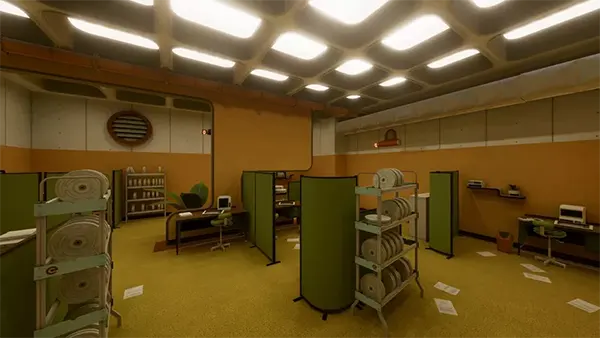
The Significance of Elsewhere Electric in 2025
In 2025, Elsewhere Electric stands as a representative of how hybrid gaming experiences can evolve. The industry is increasingly exploring cross-device compatibility, and this title demonstrates a polished execution of that concept. By bridging VR and mobile, it showcases the possibilities of asymmetric design without alienating players based on hardware ownership.
The game also reflects broader trends in interactive entertainment. Developers are moving towards experiences that prioritise cooperation, narrative integration, and accessibility. In that sense, Elsewhere Electric functions not only as a game but also as a statement about the future direction of multiplayer interaction. It proves that asymmetric puzzles can offer depth and replay value without resorting to competitive mechanics.
Looking ahead, the success of Elsewhere Electric may inspire similar projects that explore new ways of blending devices and roles. Its popularity suggests that players are eager for titles that challenge traditional multiplayer structures, valuing teamwork and mutual reliance as much as action and reflexes.
Future Potential and Community Impact
The community surrounding Elsewhere Electric has already begun to expand, with forums, Discord groups, and social media discussions sharing strategies and experiences. This organic growth highlights the role of community-driven content in sustaining long-term engagement. Many players report that replaying the game with different partners offers new insights, as every pair develops its own style of cooperation.
The game’s developers have also hinted at potential expansions or downloadable content, possibly adding new puzzles or alternative storylines. Such updates would strengthen the title’s lifespan and keep its community engaged, ensuring it remains relevant in the coming years.
Overall, Elsewhere Electric exemplifies how creativity, technology, and teamwork can converge in modern game design. By uniting VR and mobile in a cooperative framework, it has carved out a distinctive place in the 2025 gaming landscape and continues to influence the conversation around asymmetric play.
